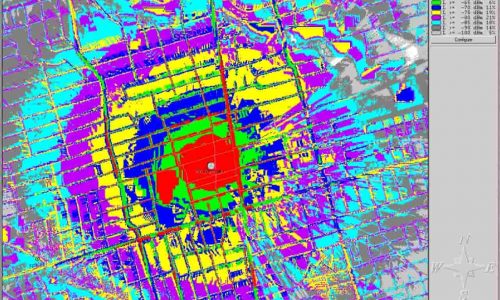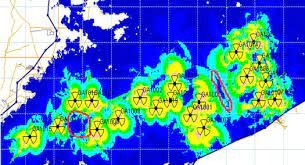SDH mainly designed to provide a delivery platform for various PDH tributaries, which could then be multiplexed and carried efficiently around an optical network. This was ostensibly in support of switched circuit networks. NG-SDH through its enhancements also support bursty connectionless type traffic. This course addresses the three main enhancements (Generic Framing Protocol, Virtual concatenation and Link capacity adjustment scheme) to SDH which enables it to support packet based traffic.
EXPECTED ACCOMPLISHMENTS
⦁ Identify the three main interventions for NG-SDH (Next Generation SDH)
⦁ State the main advantage of virtual concatenation
⦁ Identify how NG-SDH nodes use overheads to enable NG-related signalling
⦁ Explain how Ethernet frames can be encapsulated into SDH
⦁ Explain why buffering is important in NG-SDH nodes
TARGET AUDIENCE
This course primarily intended for technical personnel involved in the planning, design, management or support of optical networks.
COURSE DETAILS
Classical SDH
⦁ SDH mapping
⦁ SDH multiplexing
⦁ STM-1 frame
⦁ OAM
Introduction to NG SDH
⦁ SDH vs NG SDH
⦁ Objectives of NG-SDH
⦁ Key NG SDH protocols
⦁ Generic Framing Protocol (GFP)
⦁ Virtual Concatenation (VCAT)
⦁ Link Capacity Adjustment Scheme (LCAS)
NG SDH Network Elements
⦁ Legacy NE: MUX, ADM, DXC, Regenerator
⦁ Multiservice Transport Platform (MSTP)
⦁ Multiservice Provisioning Platfrom (MSPP)
⦁ Multiservice Switching Platform (MSSP)
Generic Framing Protocol
⦁ Frame mapped GFP (GFP-F)
⦁ Transparent GFP (GFP-T)
⦁ GFP of client signals
⦁ GFP frame formats and protocols
⦁ GFP vs GFP-T
Virtual Concatenation
⦁ Contiguous vs virtual concatenation
⦁ VCAT operation
Link Capacity Adjustment Scheme (LCAS)
⦁ LCAS protocol
⦁ LCAS applications













